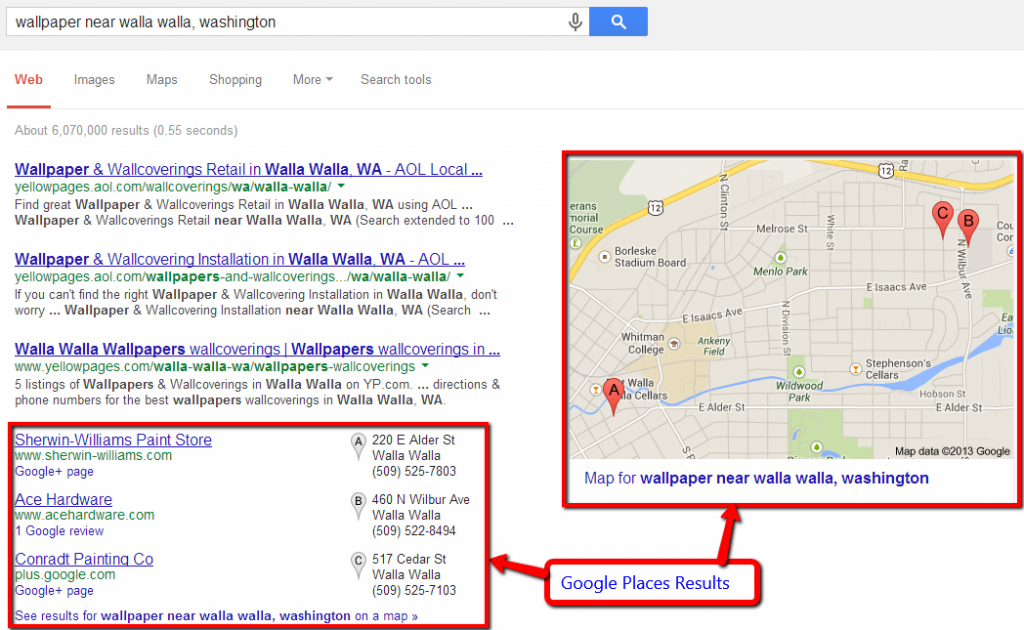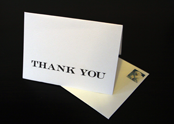Ask any kid from the age of four (maybe younger if he or she is really precocious), and that youngster will tell you, “On the Internet!”
 It’s true. Probably the handiest, and easiest place to “find out about things” is on the Internet – on your computer, your phone, your tablet. The key? Discretion. What you “find out about things” may not always be useful. Unfortunately, much of what you find on the Internet may not be true (oh, but it makes a great story), may be highly biased, or may only be possible under limited circumstances. And many Internet researchers may not yet have the experience or background to evaluate what they are reading. Here are some tips:
It’s true. Probably the handiest, and easiest place to “find out about things” is on the Internet – on your computer, your phone, your tablet. The key? Discretion. What you “find out about things” may not always be useful. Unfortunately, much of what you find on the Internet may not be true (oh, but it makes a great story), may be highly biased, or may only be possible under limited circumstances. And many Internet researchers may not yet have the experience or background to evaluate what they are reading. Here are some tips:
1. Who wrote it, and where did you find it? Another way to say, “consider the source.” Look beyond what was said. What was the purpose of the material you found? What was the writer trying to do with it? What does the writer want you to do with it? Why did he or she write it?
2. Compare Sources. If various “reliable” sources provide the same information, ask yourself whether these sources share a particular persuasion, or whether they represent a variety of points of view. Compare sources representing a variety of points of view. If they say pretty much the same thing, it’s more likely to be accurate. Check it out.
3. What was the original source? Who said it first, thought it first, or wrote about it first? Are you getting the information “firsthand,” or are you getting what someone said, thought, or wrote about it, later?
4. Finally, ask. Ask a trusted authority in the field. Ask a teacher, librarian, or researcher. Ask yourself. Is this information reasonable, reliable, believable? Is the information accurate, current, complete? Does it make sense?
Let’s shift gears for a minute.
Before the Internet, we still had homework assignments, questions about how the world worked, and the need for specialized information. Where did we go? To the library. Remember your trips to the library? Remember what that library looked like, how it sounded, and the wonderful scent of years’ worth of books, magazines, and newspapers? Maybe you even had a carrel where you could hide away, and quietly bury yourself in your studies.
Or maybe you were in a main room, sharing a long table with other readers. And the research librarian was just over there. Anything you couldn’t find, he or she could.
To keep up, libraries have had to change gears too. If you haven’t been to your local branch lately, go. You’ll find that treasure of yesteryear, the research librarian, still in place, and still an invaluable resource.
Some libraries offer a live chat with a librarian 24/7. Others offer homework centers, a variety of research tools, and live one-to-one help in a variety of languages. You may also find academic support in most major subjects, real-time writing help, online tutoring, guidance for GED and citizenship tests, adult literacy programs, and back-to-school prep for adults. There are social activities, room rentals, and “meet the author” meetings. Tours, special events, and free admissions to local and regional points of historic and artistic interest.
Your library doesn’t have the material you need? No problem. Most libraries borrow back and forth from others. In some cases worldwide. If they don’t have it, they can get it for you. Many libraries offer books that can be downloaded on your mobile device, or transferred from your computer to your e-book reader or MP3 player. There are special programs and activities for hobbyists, and for children, teens, and senior citizens. Outreach services for special populations – homebound, jails, non-English speakers.
So, how do you find out about things? The Internet, of course. And the public library.
Gail Tycer offers business writing workshops and presentations, executive coaching, consulting, and writing services. To discuss how we can help, call Gail at 503/292-9681, Toll-free at 888-634-4875 or email gail@gailtycer.com






